Ireland's history is haunted by political and social upheaval, and the 20th century is what many are most familiar with today. Before the Troubles of the 1960s through the 1980s and before the Irish Civil War of the 1920s there was the Easter Rising of 1916. This event is important to the understanding of 20th century Irish politics and society. This Rising, held on Easter Monday of 1916, drastically changed the course of Irish history. This particular event was led by a number of men in the Dublin area including educators, poets, editors and shopkeepers. Various strategic places in Dublin City were seized by these leaders, the Irish Volunteers and the Irish Citizen Army.
The "rebels" held out through the week against the British army but surrendered their arms six days after its commencement. Fifteen of the leaders were executed by the British government before public outcries to stop the executions were heard. All around Dublin City one can see where the fighting took place, where the leaders and soldiers barricaded themselves and where they are remembered today. The wreckage this week-long insurgency caused is incredible. The points held by the Irish leaders throughout the city were burned or shelled by the British Army, leaving much of the city center in ruin. The locations seized by the Irish Volunteers included the General Post Office, St. Stephen's Green, the Royal College of Surgeons and the Four Courts, though many soldiers moved from these places to the streets of Dublin as the British Army moved closer. Each of these places have a story from this period and each can be felt when walking through O'Connell Street.
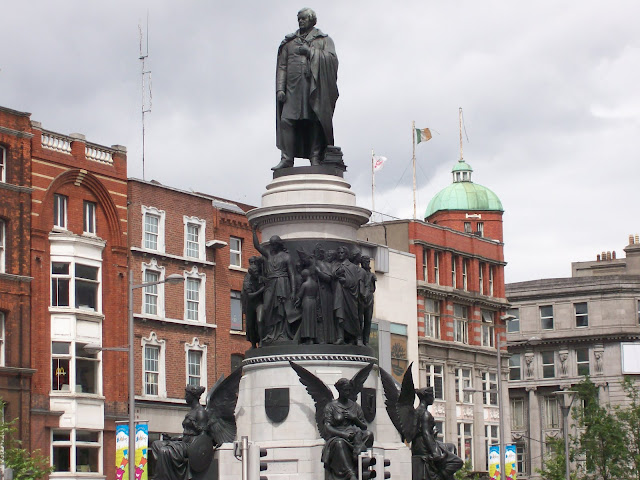
The General Post Office (GPO) was designated the headquarters of the rebellion. Here was where the rebellion commenced as the tri-color flag was raised and the Proclamation of the Irish Republic was read aloud by Padraic
Pearse, a poet, writer and director of a boy's school in Rathfarnham. A number of the leaders stormed the building, forcing its customers out at gunpoint and barricading the building. This grand, classical structure on O'Connell Street is still a main point of attraction in Dublin. There was great damage done to the building by the end of the rebellion as the British set fire to it to force the soldiers out. The bullet holes from the battle can be found in the columns of the building. Though the General Post Office has since been returned to its original function, the building is still visited by many to see where the Irish Republic was declared at the beginning of the twentieth century.

The Royal College of Surgeons and St. Stephen's Green are also places of interest for anyone exploring the sites of the rebellion and twentieth century Dublin. The RCS was not originally a location the Irish soldiers planned to occupy, but were forced there from St. Stephen's Green across the street. St. Stephen's Green is the largest park in Dublin's Georgian square and is now a place of recreation for tourists and Dubliners alike. The RCS, like the GPO, retains some of the physical damage from the rising, its columns marked with bullet holes.
The Four Courts is located on the north side of the River Liffey, the divider of North and South Dublin City. It is the highest of law courts in Ireland today, but during the 1916 Rising was commanded by Ned Daly, a young man from Limerick and the brother-in-law of Thomas Clarke, the intended president of the Irish Republic. Though the soldiers were forced to surrender after heavy British fire, the building remained intact. It was not until the Irish Civil War in 1922, when the structure was seized by Irish republicans yet again, that much of the building was left in devastation. The Courts were attacked by the Free State government and, as a result, many irreplaceable public records were destroyed.
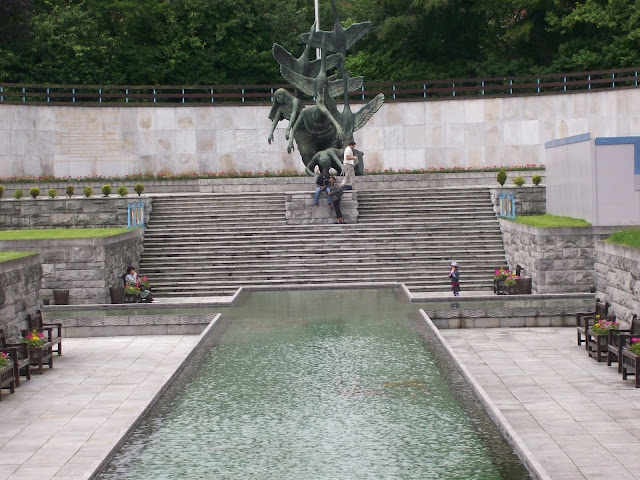
These locations are just a few of the major places occupied by the approximately 1600 Irish "rebels" in 1916. Many of them later participated in the Irish Civil War, though on opposing sides of the issue of the Irish
Government. The leaders of the 1916 Rising surrendered themselves to the British authorities. As mentioned earlier, fifteen were executed on the grounds of Kilmainham Gaol, a short journey outside the city center. The jail is now a museum that contains extensive exhibitions on its long, though dark, history. The guided tour is exceptional and is, in this traveler's humble opinion, one of the most informative and interesting museums yet to be visited.
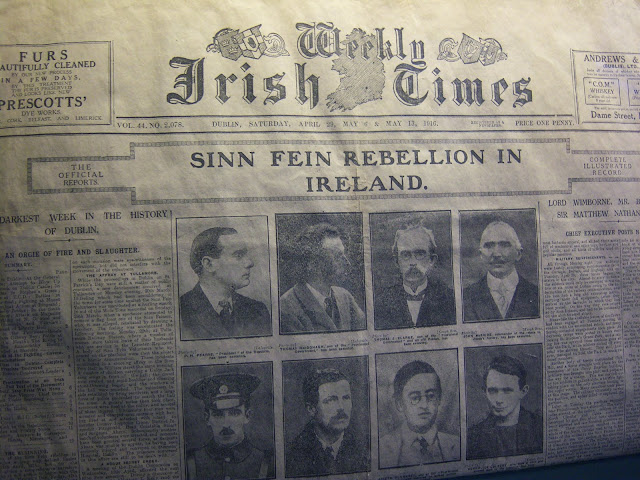
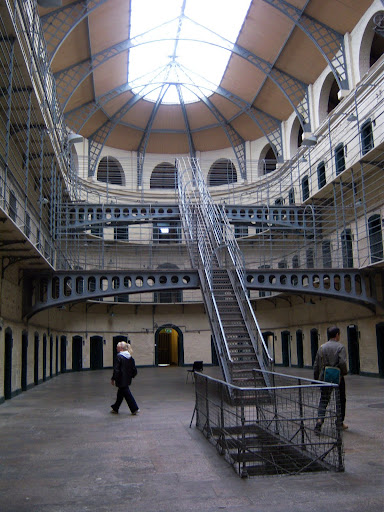
If these sites are not enough to satisfy your curiosity for one of the most important events in twentieth century Ireland, your final visit can be Collins Barracks, near Heuston Station. Once an army barracks as the name suggests, it now holds a series of exhibitions including one on the events leading up to the Rising, the daily occurrences during the rebellion and its aftermath. This is also a well-organized exhibition with a great amount of primary sources including personal letters, weaponry and uniforms.
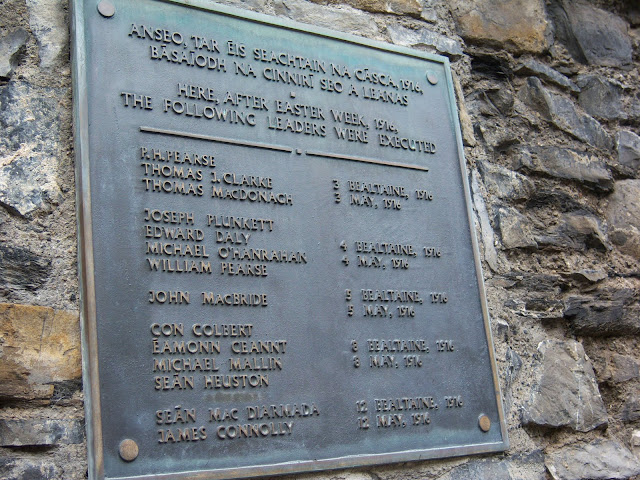
These locations show how much of an impact the Rising had on Dublin City and the whole of Ireland. Anyone interested in the progression of Ireland's history will find these places both enlightening and moving. Those visiting Dublin for the simple reason of seeing this European capital will see how history is woven through its streets, buildings and monuments. 1916 is only one piece of Dublin's history that can be seen throughout the city.
If you haven't visited Dublin you should check the available Dublin airfares options, and plan a trip. If will be a vacation to remember.
For more information:
www.1916rising.com -- A great walking tour of many of the major and minor locations where much of the fighting took place.
Kimberly Ballaro is the History of Ireland Editor for Wandering Educators
